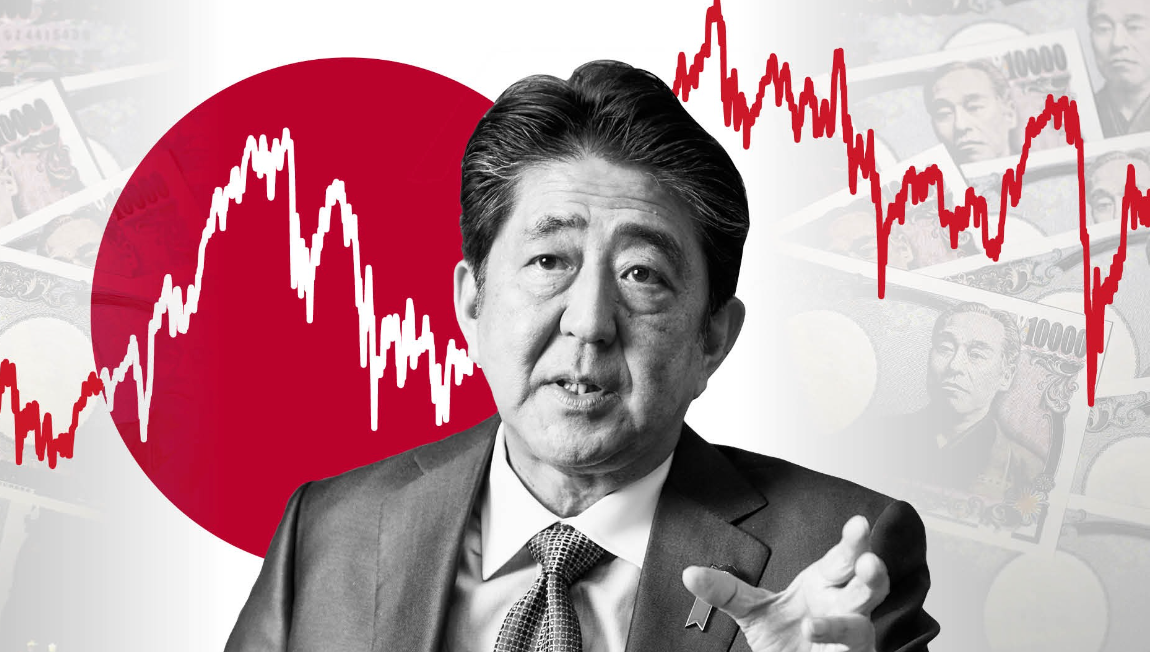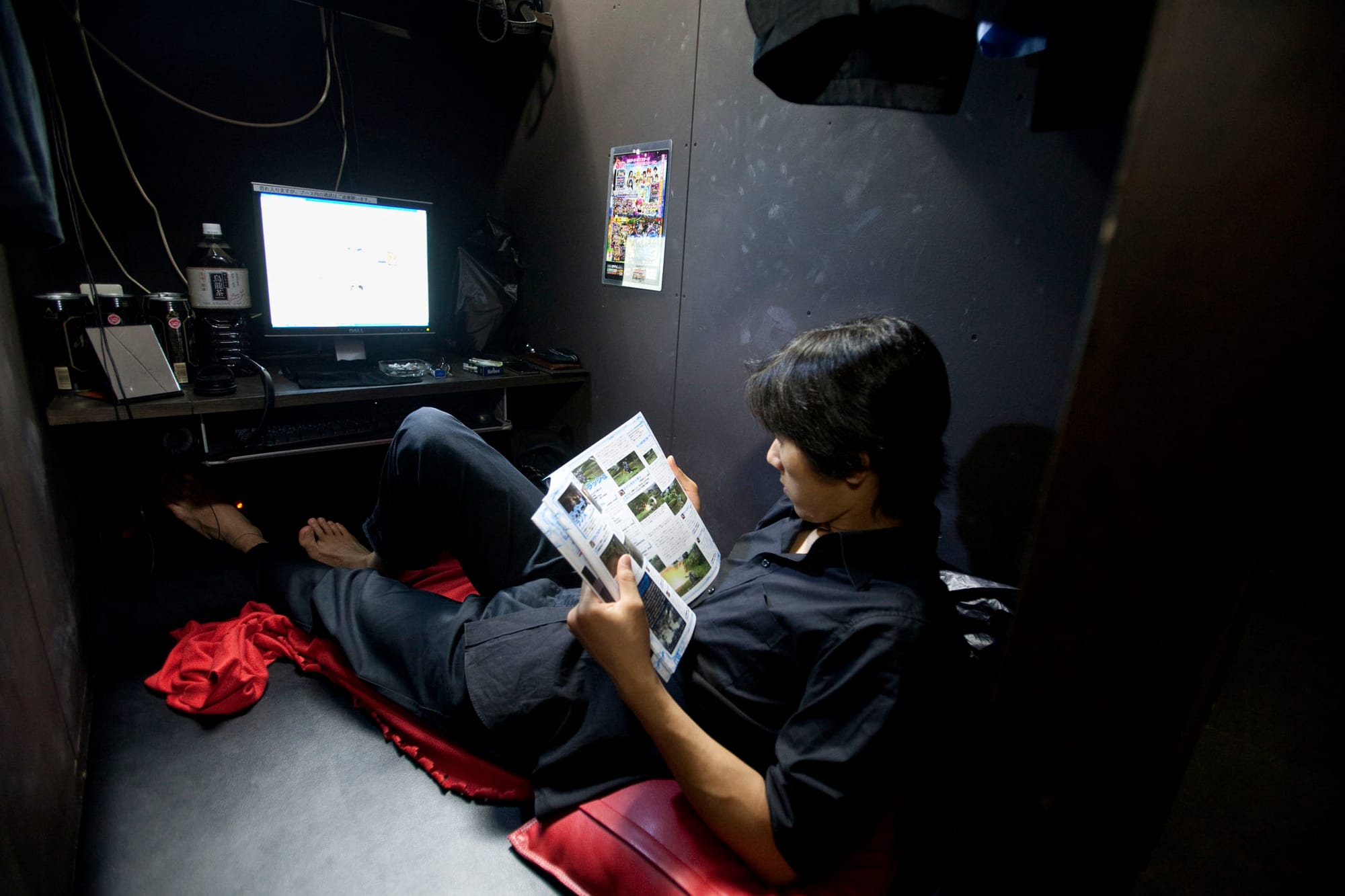Recent decades have seen a disappointing economic slowdown for Japan, with real GDP increasing by an average of only 0.5% since 2011. Compared to the figures of the mid to late 20th century, when the country’s support from the US to achieve economic reform post-war created a massive boom and development soared, Japan has not been able to successfully reach levels of growth that citizens have expected. Hiroshi Mikitani, founder, chairman, and CEO of Rakuten, believes we can achieve this prosperity once again. He discusses his ideas in his book, The Power to Compete, together with his father, who was a leading economist that had contributed heavily to research at universities such as Harvard, Stanford, Yale and Kobe, before passing away in 2013.
A major focus of the book is around Abenomics, a term referring to aggressive economic revitalisation strategy introduced by the recently assassinated Prime Minister Shinzo Abe in his second administration.
The three targets, or ‘arrows’ of Abenomics are:
“(1) a massive fiscal stimulus measure, (2) more aggressive monetary easing from the Bank of Japan, and (3) a growth strategy by structural reforms to boost Japan’s competitiveness” [page xi].
Hiroshi believes that some regulatory changes are first necessary before Abe’s arrows can be fired into place. On page 5, he states that “economic growth means the creation of innovation”, and that “we need to create an environment in which innovation can occur”. In order to do this, “the elimination of regulations is crucial”. He gives the example of the agricultural industry [p. 193], explaining that “we still have a structure that protects small farms and makes it impossible to consolidate land”. This means that businesses that are supposed to fail are being held afloat by subsidies which mean that there is no incentive for them to try something new and give birth to “innovations in agricultural technologies”. Similarly, Japan Airlines (JAL) is noted as an instance where the company should have “been allowed to fail” [p.25]. Instead it was nationalised so employees weren’t laid off; competitive low-cost carriers (LCCs) didn’t emerge; and plane ticket prices skyrocketed. Had there been no moratorium policy, the flaws in JAL would’ve caused bankruptcy and given rise to “wisdom and invention”. The loss of jobs would’ve freed a “massive workforce” that could enter “the more innovatively managed LCC sector [p.36].
Workforce fluidity is another major problem for the Japanese labour market. “The lifetime employment system” [p.30] causes factor immobility, which creates a labour shortage, preventing start-ups and venture firms (usually the most innovative) from hiring skilled workers. The lifetime employment also ensures that “homegrown employees are promoted to managerial positions based on age rather than skill or global experience”. This is one reason for the inadequacy of managers. Firms would be more competitive if “Japanese companies were to appoint the best people available”, and sometimes, those ‘people’ are living abroad – which leads to another issue: Japan’s bias against foreigners and the lack of English fluency. The government make it extremely difficult to gain a work visa, with eligibility tests being full of “impossible questions that not even a native Japanese speaker could solve” [p. 46]. The difficulty to immigrate has both been the cause and effect of Japan’s population being largely unable to speak English. When asked about how Rakuten were able to hire such talented fresh graduates from America, Hiroshi says, “they chose Rakuten because they could only work in companies that used English” [p. 47]. He hopes that famous Japanese sportsmen and celebrities being able to give interviews and press conferences in English will inspire and motivate the general population to try and learn English as a second language. Employees in Japan currently only require a satisfactory TOEIC score, but I believe that it is not enough to only be able communicate basic ideas. There should be an educational reform which allows students to pick up English naturally by ear from a young age.
I also believe that Japan should push for more student exchanges. In 2019 (the latest figures when COVID will not have played a significant factor), there were 78,000 Japanese students studying abroad (JAOS, 2021) – compared to the 312,000 foreign students (Erudera, 2022) studying in Japan from overseas in the same year. Clearly, there isn’t enough incentive for students to go abroad and continue their education, which is causing the cycle of the Japanese workforce’s lack of fluency in foreign languages; as well as a lack of innovative new ideas from the West being brought into Japanese culture. If we can improve our internationalisation through paid tuition or partnerships with Western schools, there is a chance that the next generation can bring some fresh experiences to the labour market and increase the number of start-up companies in the long term.
How can we measure our performance in these areas? Quantifying metrics like innovation with a single index with impossible, so Hiroshi proposes on page 7 that we use “key performance indicators” (KPI), which allow the government to address each issue of concern and “continuously revaluate” how well we are achieving economic improvement. For example, one drastic area to target would be the high-cost structure of the government. Establishing a KPI which measures the magnitude of expenditure per employee of a facility/company can aid the management to cut down costs efficiently, and spot where the budget may be leaking. In 2010, the “cost of providing government services reached 23.1% of GDP”. Hiroshi believes a goal of reducing that number to 20% in the near future was very plausible and reasonable – but only if we set a KPI and cut costs wisely.
‘Brand value’ is another important factor that Ryoichi discusses to stimulate growth. Even if Japanese products are of high quality, without that perception being accepted on an international level, exports will not be high enough to create a balance surplus. Improving the brand image attracts more international customers – evidenced by Hiroshi’s example of the Korean tech company Samsung. On page 180, he mentions that Samsung TVs in Singapore sold units at a higher cost-to-performance ratio than its competitors. Classical economics suggests that having higher prices in a competitive market would lead to a fall in quantity demanded, however due to Samsung’s “research and development with a focus on global TV standards”, their products met the needs of its consumers better with their “Smart TV features”. Consumers that associate South Korea with the brand will build trust in products that are made there and create cognitive biases over time – affecting their purchase choices through the market failure of ‘imperfect information’. He argues that Japan should aim to act similarly: “improve the image of Japan” [p. 181] and show that Japanese products have high brand value.
Japan is in a 1.29 quadrillion yen debt (over 8 trillion pounds), which is over 2.5 times the entire GDP. According to the Japanese Ministry of Finance, 15% of the 2022 general account expenditure was allocated to repaying some of those debts. On page 68, Hiroshi suggests two methods to resolve the issue: “reduce the debt in proportion to the GDP”, or “setting a monthly limit on the per capita costs associated with each citizen”. Ways to achieve this would be to implement a decentralized governmental system, where entrepreneurship could be integrated into state management; as well as Ryoichi’s point of maintaining mild inflation. He explains that Japan can “absorb the debt” slowly by keeping inflation at around 2%, which is low enough to not stimulate panic, but keeps unemployment low and gradually decreases the value of the real debt. The optimal method for this is “monetary easing” [p. 64]. Quantitative or monetary easing is the purchasing of predetermined amounts of government bonds or other financial assets in order to stimulate economic activity. It is an effective method of boosting the economy without driving interest rates up and is easily controllable so the government can monitor its effect on the inflation rate.
The second way to reduce per capita costs is to take advantage of technology. Digitization can “mitigate costs” of production and “eliminate issues like inventory risk”, as stated on page 125. It also broadens accessibility: a publishing company could reach a much larger audience if they made their resources free on the web and generated revenue from ad placements. An article on Forbes (BendorSamuel, 2020) shows that many industries would benefit from this change. One airport, for example, “significantly increased the revenue it generated from its retail restaurants and other amenities” after implementing digital technology. Digitization of a hospital enabled “hundreds of millions of dollars in additional revenue” – and not only that, but also the running of the hospital will surely have become more efficient: patient records could now be transferred across the globe if needed, and information could be relayed instantly no matter the distance, which is vital in a healthcare system. The writer says that injecting “analytics, AI and digital platforms into business processes makes them 40-50% more efficient” as (1) automated systems can complete many tasks far quicker than any human worker, (2) they cost little to operate compared to labour and management costs (which in turn allows you to pay higher salaries to all employees, boosting morale and therefore increasing productivity) and (3) allows for greater profit margins as costs are reduced significantly in the long-run. Digitization can improve customer experience, make your company more reachable and inspire innovation.
From a scrutinized perspective, there are many ideas that the Japanese government can target in order to regain the rapid economic growth of yestercentury. The most promising seems to be to promote innovation, reduce restrictions that prevent it, and welcome foreign labour as a source of fresh ideas. They could also revise the lifetime employment system and hesitate to subsidise sunset industries so that the natural flow of labour markets isn’t disrupted. Making English an official second language should also be considered, and the education system should offer more opportunities for Japanese students to study abroad. Having an index to measure and indicate how successful we are at certain metrics can simplify this process. Improving our image as a brand can help stimulate exports and create loyal international customers, and carefully using monetary policy to adjust inflation and interest rates can help not only to boost the economy but also to reduce our debt. Finally, the earlier we can go digital in our infrastructure, the faster we can reduce inefficiencies and properly stimulate development. If these points are at the front of Japan’s mind, revitalisation will not be a distant dream, but a very realistic goal for the next few decades.







